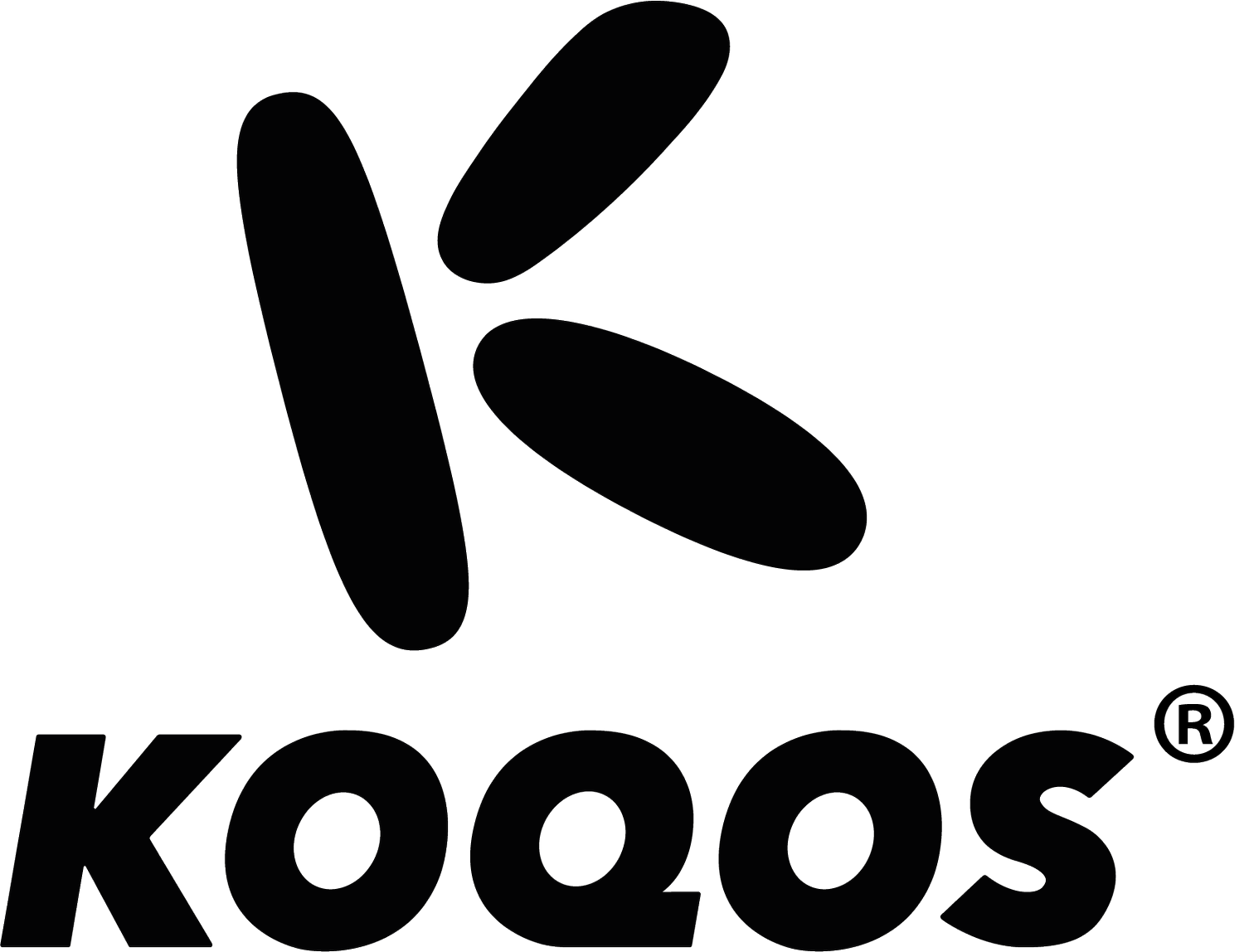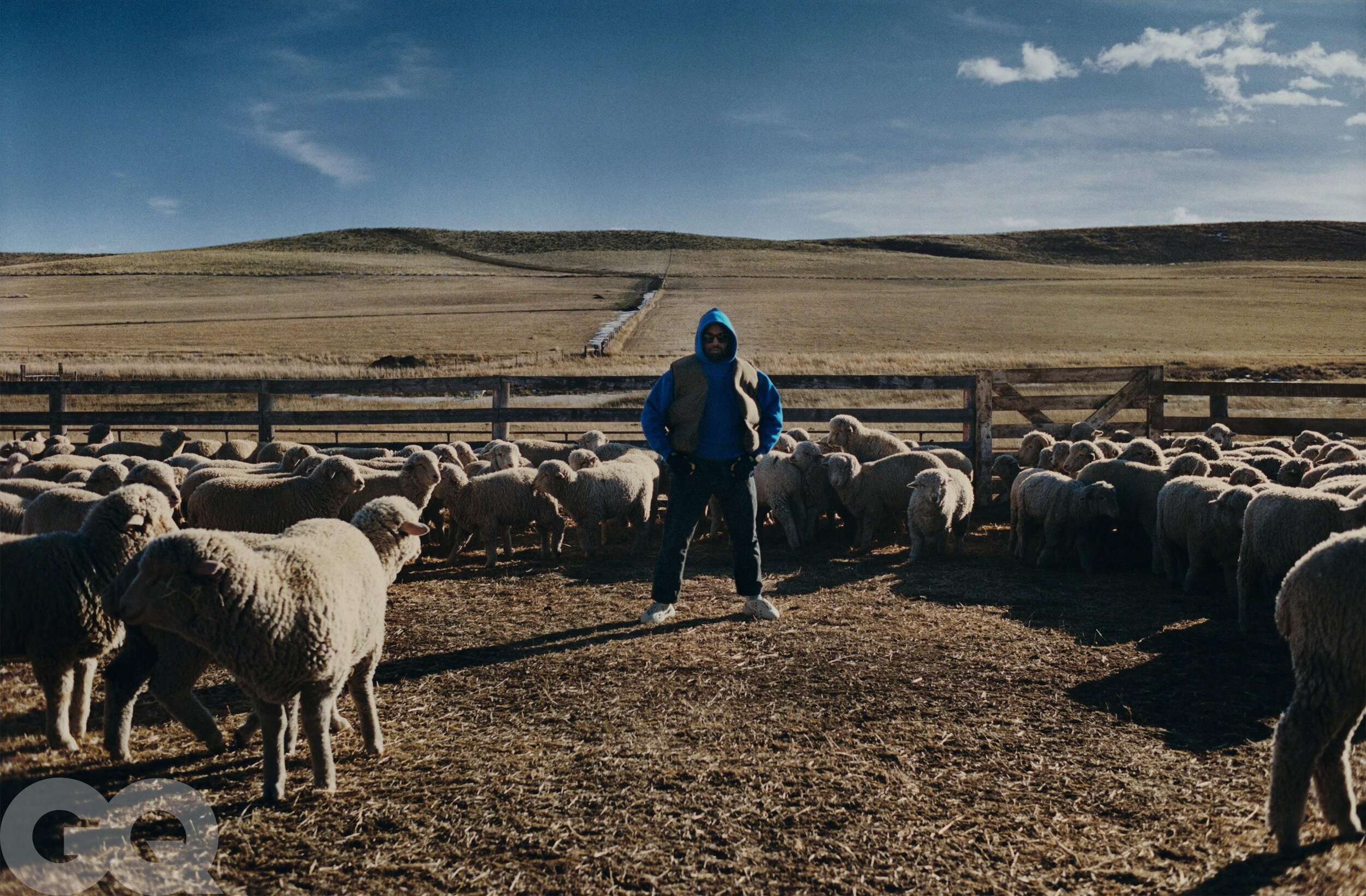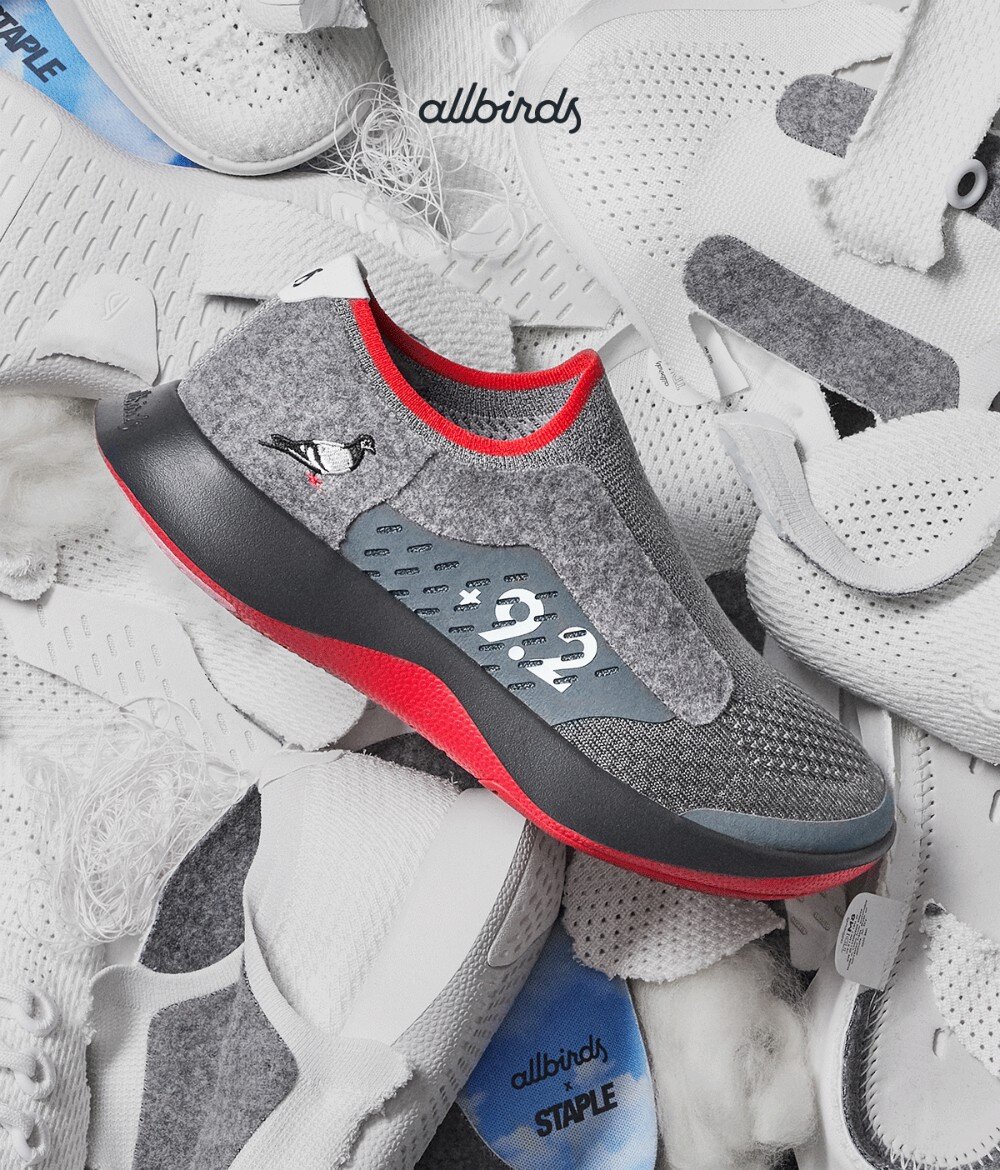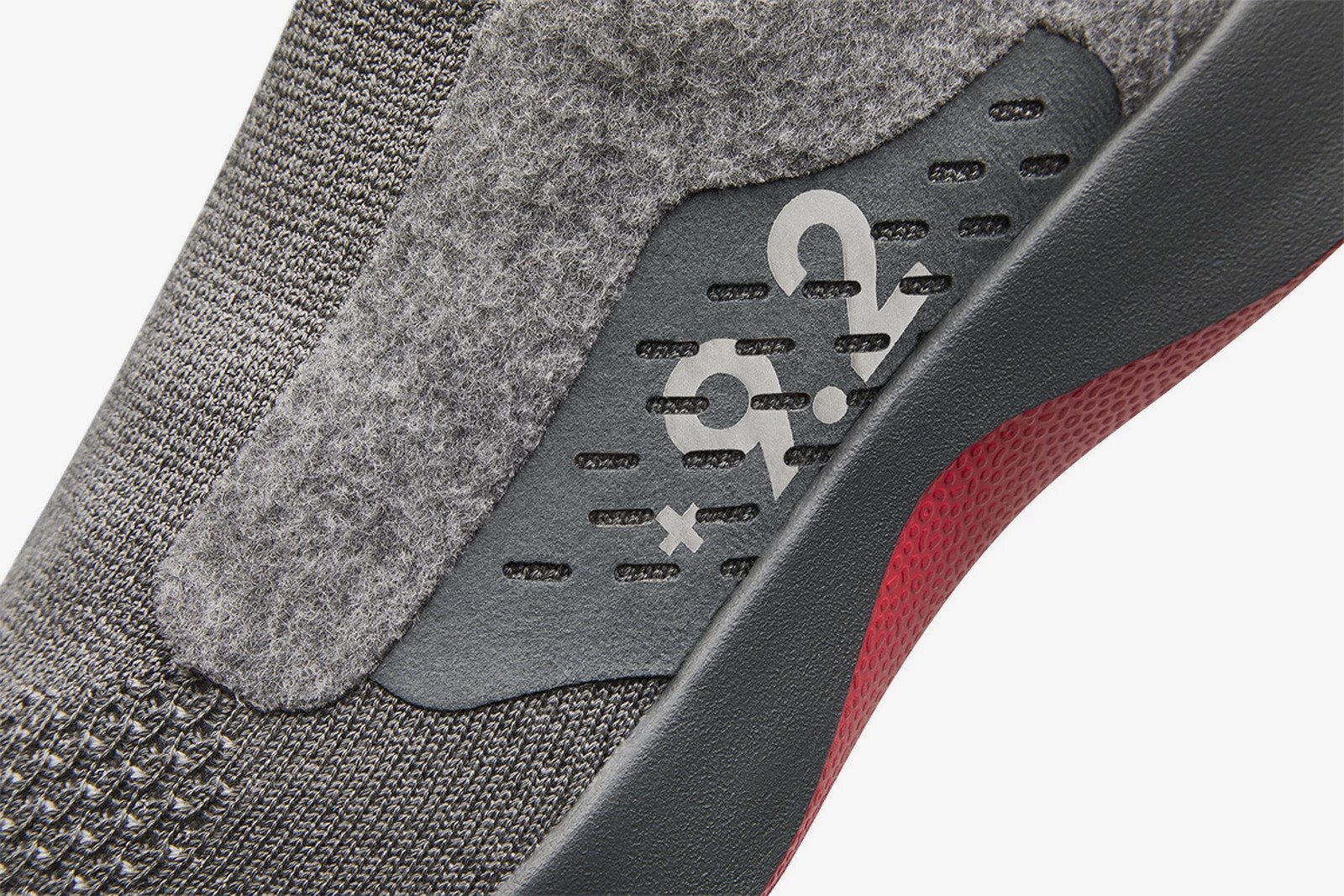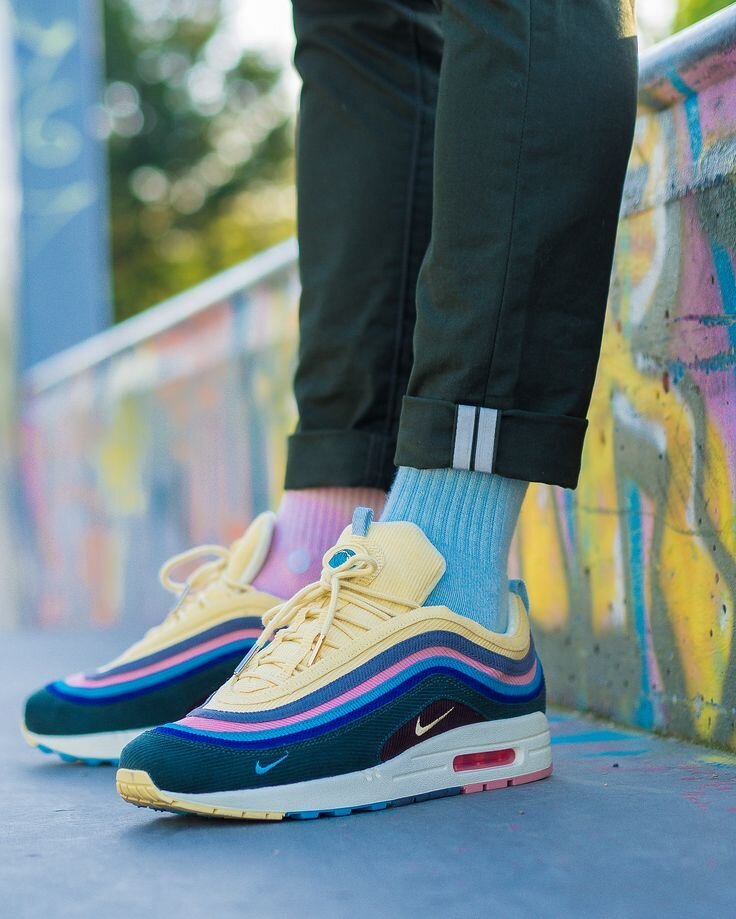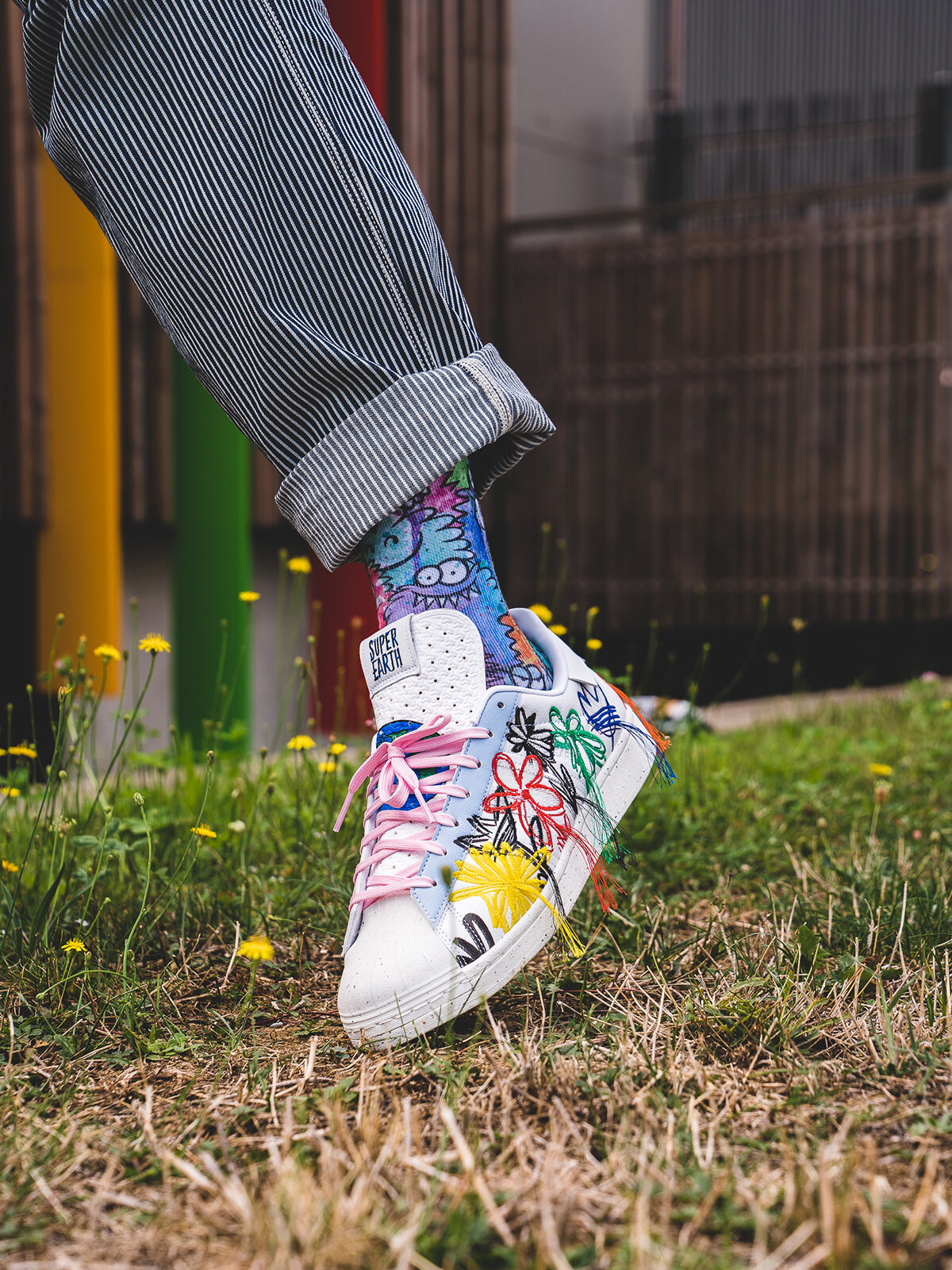Sustainable Sneakers are Big in 2021
The impact of the footwear industry is starting to get the attention it desperately needs
This blog was created out of a need for a place where sustainability and sneakers come together. To show how these two can strengthen each other to create the future of footwear with positive social and environmental impact for everyone. However, up until now, sustainability-curious sneakerheads, like myself, have largely been conflicted and prevented from making real steps towards more sustainable consumption habits. To be honest, it is hard for most sneaker enthusiasts to commit in an environment created by big brands to promote hyperconsumption. The pace of sneaker drops has increased significantly over the years and we are going wild over every new release from Nike, Jordan Brand, Adidas or Yeezy, trying to keep track of each new release every single week. Every weekend at 10 AM, hovering our thumbs over the purchase button, only to find out that the sneakers were sold out in two seconds and the message that we will have another chance next week to be blessed with another opportunity to purchase a pair of sneakers we probably don’t need.
Our consumption of footwear is harming people and planet throughout the supply chain and at end-of-life. Overconsumption will remain one of the biggest obstacles in turning the tide for the impact of the footwear industry, but we do see increasing efforts from big brands to make the products that are released more sustainable. StockX, one of the biggest online sneaker marketplaces, reported that on its resale platform in 2020, $10 million were spent on sustainable footwear. Brands are setting their first steps to create exciting footwear with less negative impact to try to bridge the gap between streetwear and sustainability.
Nike Space Hippie
First on the list is the Nike Space Hippie collection that was released on June 11, 2020. The collection consisted of four models and, after its initial release from Nike, was responsible for more than $400.000 dollars in sales on StockX. The project started with a couple of questions: What if waste becomes our feedstock? How can we make the lowest carbon footprint shoe ever? What does it mean to create a closed loop economy and how do we build one with the factories we have? Nike states that is their job to protect the future of sports and therefore they want to create footwear with a lower footprint.
With the Space Hippie collection, the midsole of the shoes consisted of ‘crater foam’, made with synthetic rubber and recycled plastic waste. Waste Zoom-X was pressed together and used inside the midsole to create a springy, comfortable cushioning system. The upper is made with a blend of 25% post-consumer recycled t-shirts, 25% post-consumer plastic waste and 50% recycled PET. Noah Murphy-Reinhertz, sustainability design lead at Nike, says that the design approach was based on the idea of ‘In situ resource utilization’: the practice of collection, processing, storing and use of materials found or manufactured in outer space. The principle of make things with whatever is readily available around you, instead of using new materials that have to brought in from elsewhere.
Yeezy Foam Runner
The Yeezy Foam Runner is definitely an aesthetically polarizing step in the brand’s journey to create the future of footwear, but it is also a very interesting innovation project. In a 2020 interview with Fast Company, Kanye explained how this shoe is their first step to bring back manufacturing to the United States and create products locally. West has bought a 4.000 acres ranch in Cody, Wyoming, where he and Adidas plan to go seed to sow, by growing cotton and hemp, starting a hydroponic farm, looking at the possibilities and just overall being responsible throughout the manufacturing process. The Foam Runner itself uses a blend of EVA foam and algae-based foam.
Adidas Futurecraft Loop
The most interesting recycling project in 2019 came from Adidas with the introduction of the first generation Futurecraft Loop. In 2020, it was time for the first collection and recycling trial to produce second generation shoes with the old ones. The company has openly announced that it will only use recycled plastics in all of their products by 2024 and the Loop is an interesting step towards circularity. The shoe consists of only one material: TPU. The outsole, midsole, upper, laces and details are all fully made out thermoplastic polyurethane and are welded together with heat instead of glue. The shoes are fully recyclable, but only 10 percent of the next shoe is currently made with material of the previous shoe, since virgin material is still needed to keep product quality and performance high enough. The end goal is to make a shoe that is actually one to one recyclable. The shoes are set to release sometime early this year and Paul Gaudio, global creative director at Adidas, thinks that they will be able to sell tens of millions of Loop sneakers in three to five years.
Allbirds
Allbirds is known for its super minimalistic design and comfortable fit and quickly become part of the uniform of Silicon Valley. The arguably boring design has prevented most of the sneaker community to give them a try, however. Last year, the brand made its first effort to win them over with a collaboration with Staple. Named the ‘Staple Dasher’, the shoes were made with merino wool, eucalyptus tree fiber and sugarcane. The carbon footprint of 9.2kg was boldly printed directly onto the shoe to be completely transparent about emissions.
Sean Wotherspoon
Sean Wotherspoon is well known in the streetwear community for his thrift and resale store Round Two, with multiple locations across the US. Sean has seen a lot of attention with the release of his Nike project and currently works with Adidas to bring different styles to the public, all in the recognizable, colorful styles we have come to love. As Sean is vegan himself and makes a living of reusing, sourcing and selling vintage clothing, he brings sustainability into every collaboration he does. His Nike, Adidas and Asics shoes were all made without leather. Instead, he opted for corduroy and vegan leather made with recycled plastic. Sean is making positive waves and is playing an important role in making vegan and more sustainable sneakers more accepted in sneaker culture.
